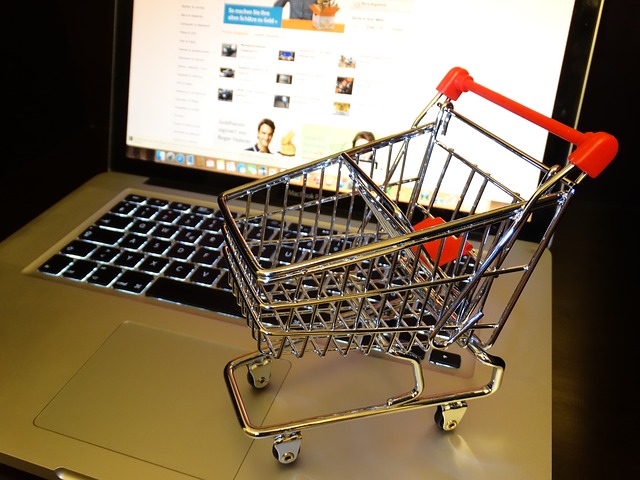
“Shop ’til you drop” might sound like a playful saying, but it holds a significant truth when it comes to the complex world of consumer behavior and decision-making. The act of shopping is not just about picking up products; it’s a journey through the intricate landscape of human psychology. Companies and marketers have long been fascinated by the subtle art of understanding what drives consumers to make specific choices. In this blog post, we’ll delve into the psychology of shopping, exploring the factors that influence consumer behavior and decision-making.
The Power of Perception
As shoppers, we navigate a sea of choices every time we step into a store or browse an online marketplace. However, our perception of these choices is heavily influenced by cognitive biases. One of these biases is the paradox of choice. While one might assume that more options lead to greater satisfaction, research suggests the opposite can be true. An overwhelming array of choices can lead to anxiety and decision fatigue, ultimately hindering the decision-making process.
Companies have taken note of this phenomenon and are using it to their advantage. They often employ strategies such as choice architecture – arranging options in a way that makes certain products more appealing. By highlighting recommended or featured items, businesses can help consumers overcome decision paralysis.
Emotions Drive Purchases
The emotional aspect of shopping is a powerful force that significantly affects consumer behavior. Emotional branding is a strategy that many companies use to create a connection between their products and the consumers’ emotions. Think about the warm feeling you get from sipping a cup of cocoa with a well-known logo on it – that’s emotional branding at work.
Neuromarketing, a field that combines neuroscience and marketing, delves into the brain’s responses to different stimuli. Through techniques like fMRI scans, researchers have found that emotions play a substantial role in consumer decision-making. Positive emotions triggered by a product or brand can lead to a higher likelihood of purchase.
Conversely, negative emotions can also influence behavior. The feeling of FOMO (Fear Of Missing Out), for instance, can push individuals to buy products they might not even need. Limited-time offers and exclusive deals exploit this psychological tendency.
Social Influence and Social Proof
Humans are inherently social creatures, and this trait profoundly influences our shopping decisions. The phenomenon of social proof – the idea that people tend to follow the actions of others – is a central aspect of consumer behavior. Reviews, ratings, and recommendations from friends can significantly impact our purchasing choices.
In the age of social media, this influence has reached new heights. The concept of FOMO resurfaces here as well. Seeing others showcase products or experiences online can create a sense of urgency, driving individuals to make purchases to align themselves with what’s perceived as trendy or desirable.
In addition to social proof, the psychological principle of reciprocity also comes into play. If a company offers something of value upfront, like a free trial or a sample, consumers feel compelled to reciprocate by making a purchase.
The Role of Cognitive Biases
Our brains are not always rational decision-making machines. They’re subject to cognitive biases that can lead us astray when shopping. The anchoring bias, for instance, refers to our tendency to rely heavily on the first piece of information we receive. This bias can be manipulated by marketers who strategically present a higher-priced product first, making subsequent products seem more affordable.
The scarcity effect is another cognitive bias that affects our perception of value. When we believe a product is in short supply, we attribute more value to it. Limited editions and phrases like “while supplies last” capitalize on this bias.

Personalization and the Future of Shopping
As technology advances, the shopping experience is becoming increasingly personalized. Algorithms analyze our browsing and purchase history to recommend products tailored to our preferences. This personalized approach taps into the psychology of familiarity and the mere exposure effect – the more we’re exposed to something, the more we tend to like it.
Virtual reality (VR) and augmented reality (AR) are also playing a role in shaping the future of shopping. These technologies allow consumers to visualize products in their own environment before making a purchase, addressing the uncertainty that can arise when buying online.
Conclusion
The psychology of shopping is a captivating field that delves into the intricate web of human decision-making. From emotional triggers to cognitive biases, social influence to personalization, various factors come together to guide our purchasing choices. As consumers, understanding these psychological mechanisms can empower us to make more informed decisions. And for businesses and marketers, tapping into this knowledge can lead to more effective strategies for capturing the hearts – and wallets – of their target audience.
So, the next time you find yourself browsing through a store or scrolling through an online marketplace, remember that the choices you make are not just random selections. They are influenced by a symphony of psychological cues, and by understanding them, you can navigate the shopping landscape with a newfound sense of awareness. Please take a look at the site here to find more tips and ideas about shopping.
